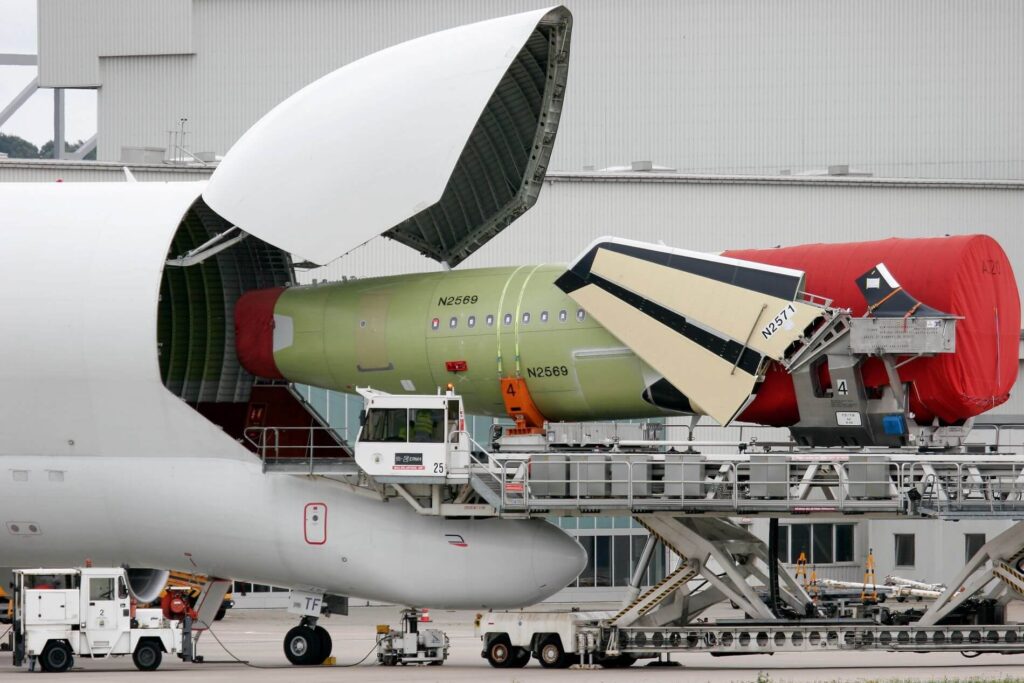Developing new aircraft takes a long time. What aviation companies manage to do it the fastest?
AeroTime News has looked at the time it takes Airbus and Boeing to develop their commercial airplanes, from the very start to the first delivery. Although the two companies control most of the market, they are not the only manufacturers who make planes.
A chart below takes the same approach to a number of other companies: Canadian De Havilland Canada and Bombardier, French-Italian ATR, Brazilian Embraer, Chinese COMAC, and Russian United Aircraft Corporation (UAC). Aircraft that are still in production or have been manufactured recently (as well as a couple still in development) are represented.
The record development time of the EMB 145 should be taken with a grain of salt though. The design of the aircraft was completely changed and the time the final version spent on the drawing board is significantly shorter. Despite that, the whole development time of the airplane spans several decades.
Both COMAC and UAC aircraft did not actually have the official launch of the program. Usually it is the date the first sales are made, a custom not observed in centralized economies. Instead, the aircraft had the date when designs were finalized and the projects were presented to the public: a launch of sorts.
De Havilland Canada aircraft also did not have an official launch date. On top of that, they stand out as having extremely short development time. Most Embraer aircraft do too, together with the ATR 42 spending just 7 years between the start of the development and the first delivery – shorter than Airbus and Boeing averages, although not as short as the Boeing 727 (4 years) and the original Boeing 737 (3 years).
As described in the previous piece, the start of the development is a sketchy date and many manufacturers forgo the program launch altogether. Therefore, another timeline we can look at is the one between the first rollout of the completed aircraft and the first delivery.
In this case, ATR complicates it a bit, as both of its aircraft did not have rollout ceremonies. It is obvious that prototypes of the ATR 42 and the ATR 72 were completed some months before maiden flights in August 1984 and October 1988 respectively, but the exact time is unclear.
Nevertheless, the period between the first flight and the certification by the domestic aviation authority was extremely short for both of those aircraft. Not as short as for the DHC-8 Dash 8, which managed to complete flight testing and receive type certificate from Canadian Civil Aviation Directorate in just 6 months: faster than any aircraft on this chart and faster than any Boeing or Airbus jet airliner.
In the end, ATR and De Havilland stand as being able to develop their aircraft faster than others, although in some cases Boeing (with 737) and Airbus (with A300) managed to do it faster.

